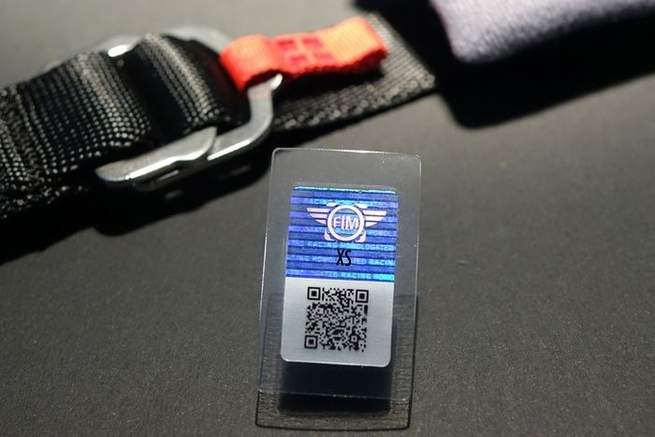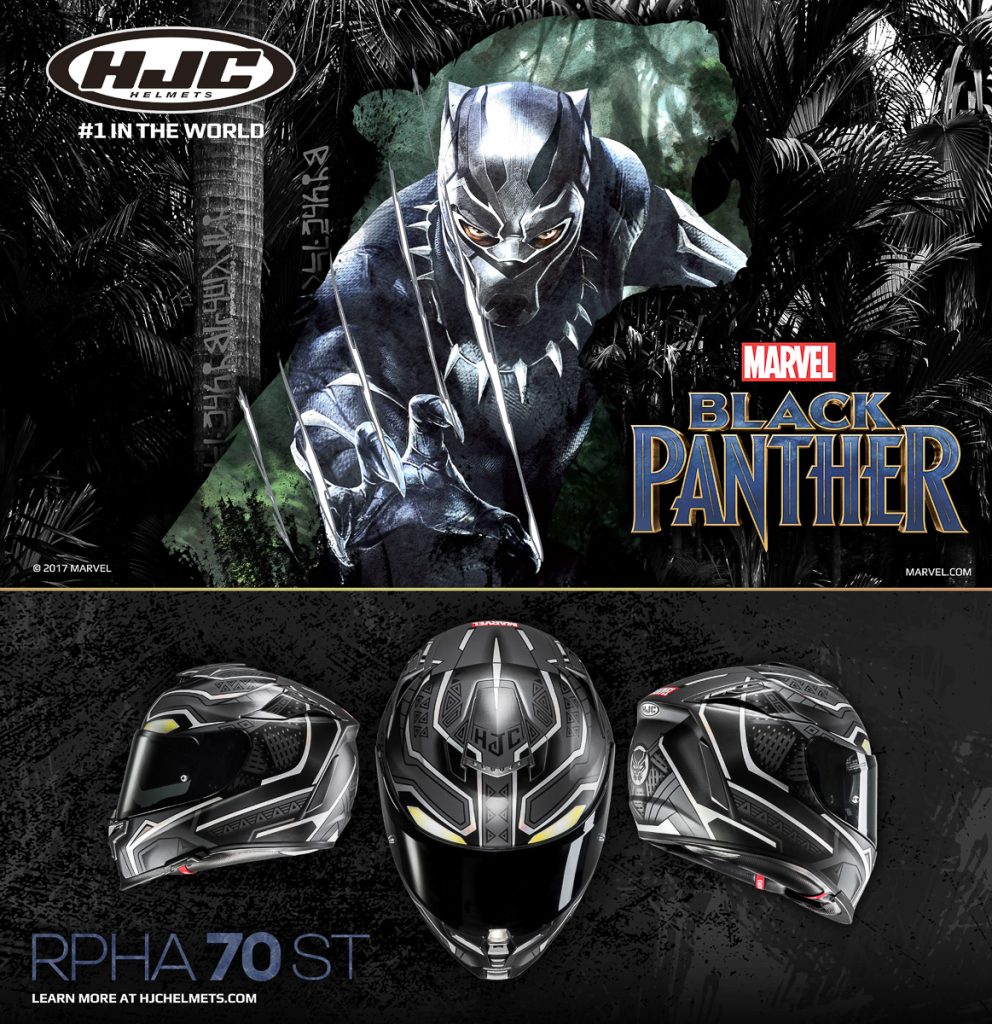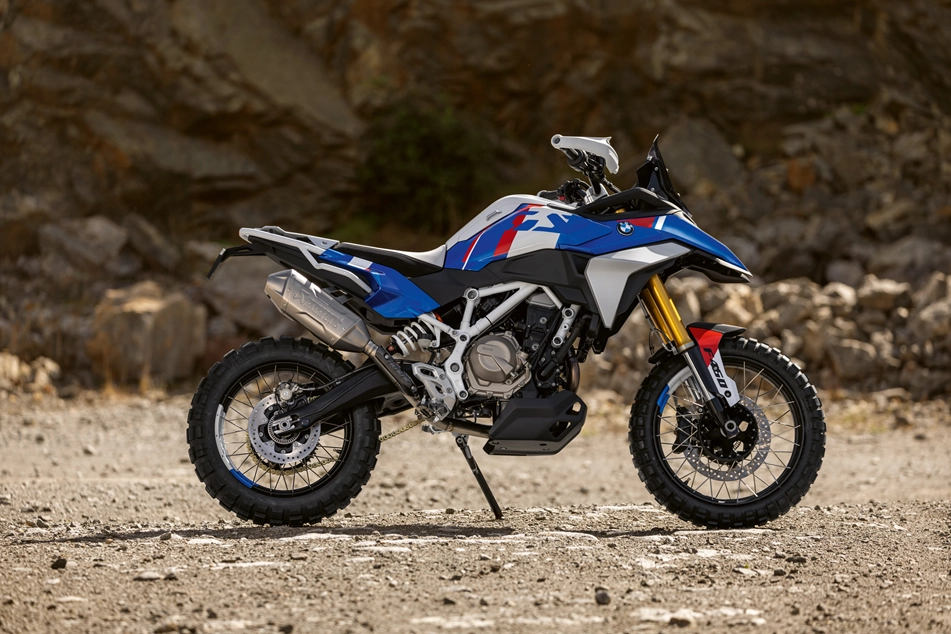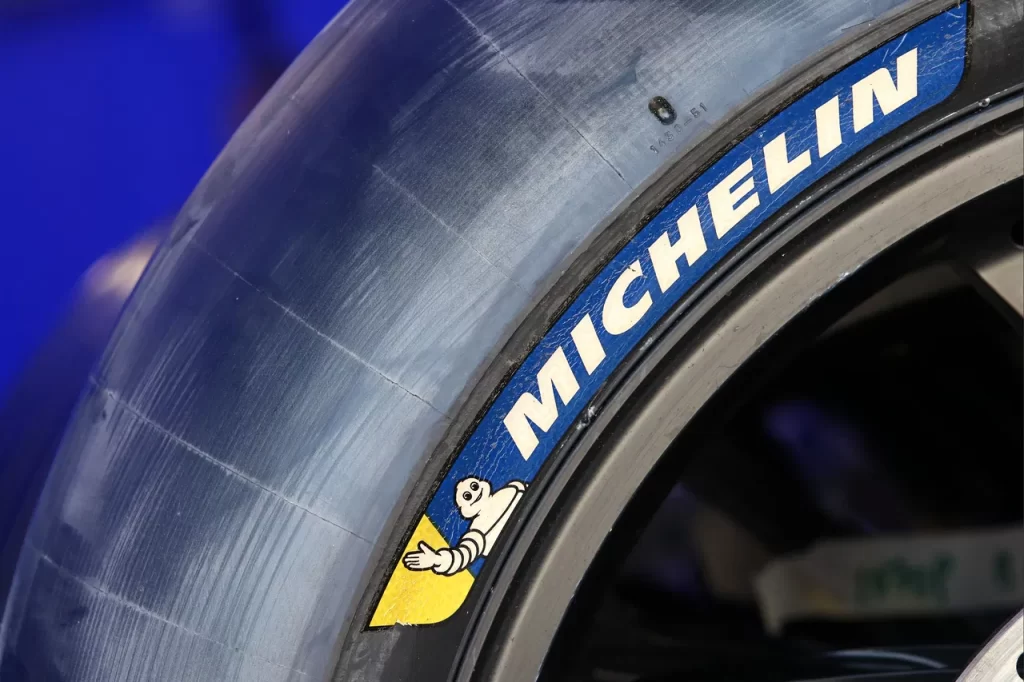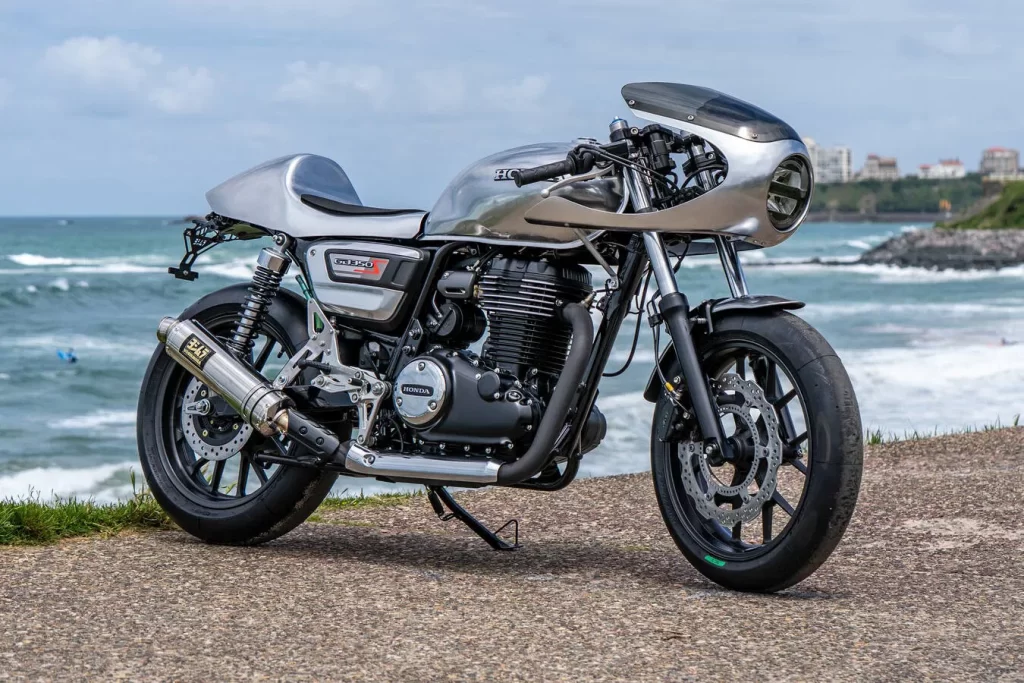-
All competitors’ helmets need to conform to a single FIM standard.
-
The certified helmets will receive a label with hologram and QR label.
-
The regulatory body hopes such helmets will be available to the public to improve safety.
All helmets in MotoGP, Moto3, Moto2 must conform to a new FIM standard.
Although there is still contention to whether this ruling is beneficial, there may be a positive aspect to it. Current helmet manufacturers may seek a certain safety certification, although most, if not all, conform to the ECE 22.06 standard. However, a manufacturer may produce helmets to conform primarily to other standards. Current helmet certification are standards JIS (Japan), Snell Foundation, DOT (American) and so forth.
For example, AGV and HJC (among others) conform primarily to the ECE 22.06 standard. Arai helmets need to pass the tougher Snell Foundation tests, on the other hand.
Each standard has different testing methods to qualify for certification.
With the new FIM mandate in place, helmets from AGV, Arai, Bell, HJC, Scorpion, Shark, Shoei, Suomy, X-Lite, et al need to conform to a single standard.
The FIM has not provided the parametres of their tests, however. But we can expect the helmets will be tested for a variety of criteria such as impacts at low, medium and high speeds as well as penetration.
An FIM-certified helmet will receive a hologram label with QR code. The QR code allows race officials to scan, identify and track each helmet used in competition.
The FIM hopes that such measures will result in truly race-tested helmets making their way to consumers.

